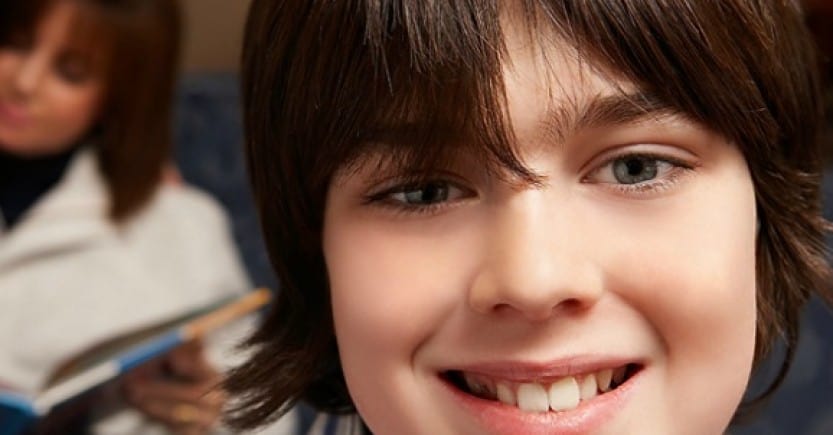Cognitive Behavior Therapy Reduces Migraines for Kids
Chronic migraines in youngsters can be debilitating, affecting social life, school work, sports, and so much more. Often, natural approaches are not considered until everything else has failed. A new study by Dr. Scott Powers and co-authors at Cincinnati Children’s Hospital showed that the use of cognitive behavioral therapy (CBT) given along with medication resulted in reduced headache frequency and migraine-related disability.
In the research, appearing in the Journal of the American Medical Association last month, 135 participants aged 10 – 17 with chronic and frequent migraines were treated with medication (amitriptyline) along with either CBT or migraine education. CBT included training in pain coping, modified to include a biofeedback component. Long-term follow-up was provided. On average, at the beginning of the trial, participants reported 21 of 28 days with a headache. From pretreatment to posttreatment, CBT resulted in a decrease of 11.5 headache days vs. 6.8 days with headache education. At 12-month follow-up, almost 90% of CBT participants had a 50 percent or greater reduction in days with headache vs. 70% of the headache education group. Overall reduction in severity was also better in the CBT group.
“Now that there is strong evidence for CBT in headache management, it should be routinely offered [to younger people] as a first-line treatment for chronic migraine with medications and not only as an add-on if medications are not found to be sufficiently effective. Also, CBT should be made more accessible to patients by inclusion as a covered service by health insurance as well as testing of alternate formats of delivery, such as using online or mobile formats, which can be offered as an option if in-person visits are a barrier,” the authors write.
Unfortunately, from this study it is not known to what degree CBT could have helped without accompanying medication. Amitriptyline (Elavil) is an antidepressant with significant warnings for use in children and adolescents.
See a video summary of the research:









